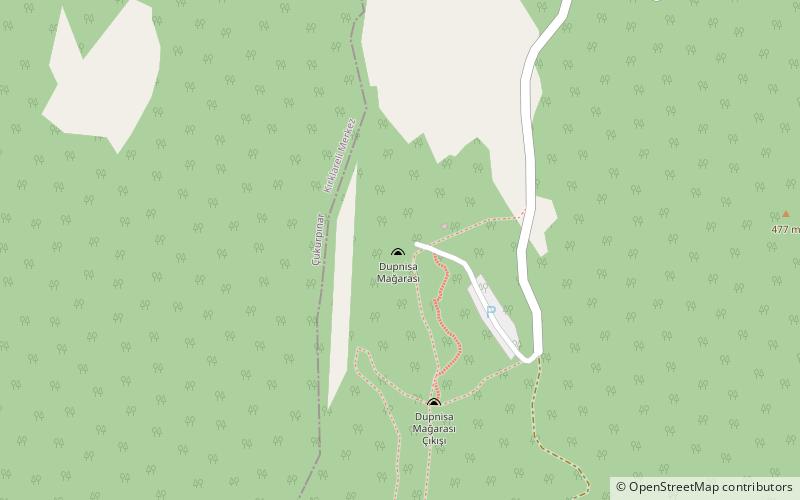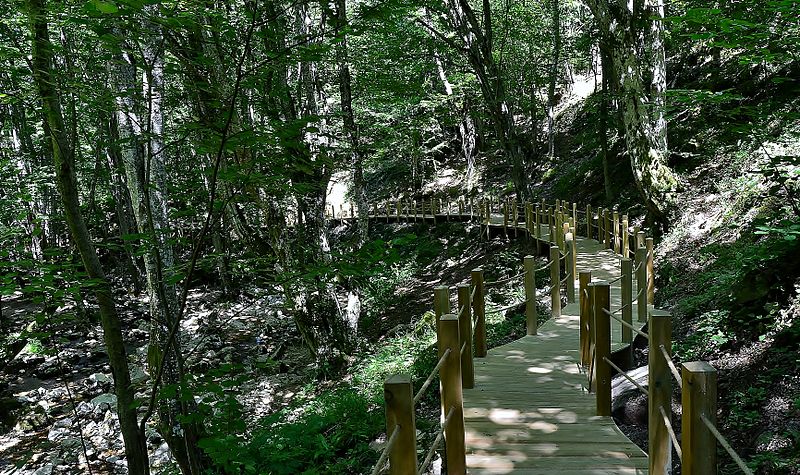Dupnisa Cave


Facts and practical information
Nestled in the Strandja Mountains of Turkey, Dupnisa Cave stands as a testament to nature's artistry. This subterranean wonder, formed over millions of years, is a hidden gem that offers visitors a glimpse into an ancient world beneath the earth's surface. Discovered in the early 20th century, Dupnisa Cave has since become a sought-after destination for spelunkers and tourists alike, drawn by its mysterious allure and geological significance.
Spanning a length of approximately 2,720 meters, Dupnisa Cave is comprised of multiple chambers and tunnels, each presenting its own unique formations and ecosystems. The cave is divided into three main sections: Kuru Cave, Kız Cave, and Sulu Cave, with the latter being partially flooded and presenting a mesmerizing underground lake that further adds to Dupnisa's mystique.
Visitors to Dupnisa Cave are treated to an array of stunning stalactites and stalagmites, which have been sculpted over time by the relentless drip of mineral-rich water. The cave also plays host to a variety of fauna, including several species of bats, which have made the cavernous depths of Dupnisa their home.
The cave is not only a natural wonder but also holds cultural significance, with evidence suggesting it was used for shelter and religious ceremonies by ancient civilizations. Today, it is a protected site, with guided tours available to ensure the safety of both the delicate cave environment and its explorers.
Dupnisa Cave – popular in the area (distance from the attraction)
Nearby attractions include: Mahya Dağı.

